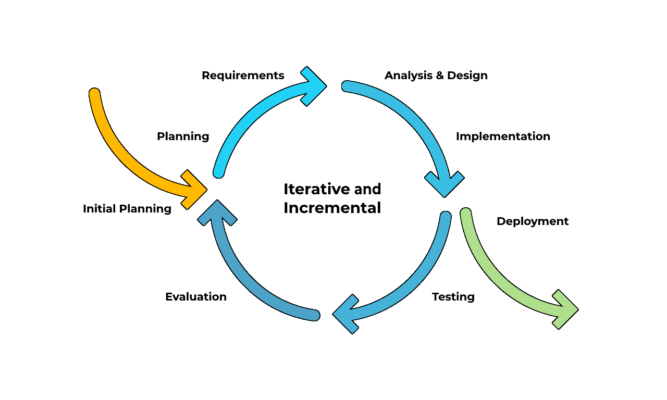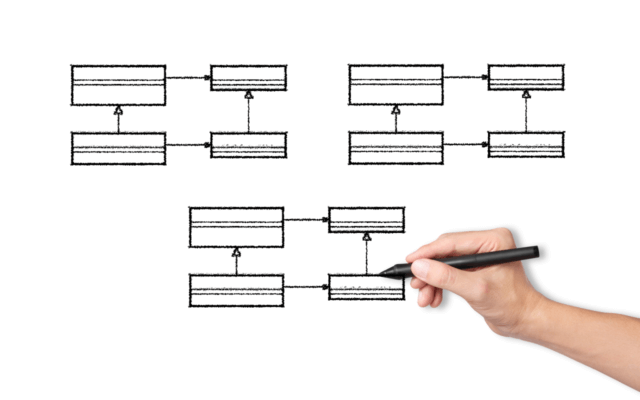Our Services

Agile practices involve discovering requirements and developing solutions through the collaborative effort of self-organizing and cross-functional teams and their customer/end user. It is an iterative approach to project management and software development that helps teams deliver value to their customers better and faster. Instead of launching the new software at once, altogether, an agile team delivers work in small, yet consumable, increments. With this development methodology the requirements, plans, and results are evaluated continuously so teams have a natural mechanism for responding to change very quickly.
In 2001, a selected group of 17 people met to discuss the future of software development. At that time they all shared a great deal of frustration about the current state of software development. Then the Agile Manifesto emerged from this extended weekend with just 68 words. That document changed software development forever.
Since its creation In the nearly two decades, the Agile Manifesto and the 12 principles that follow (below) have been embraced by countless individuals, teams, and companies. One of our consultants proudly signed the manifesto by 2009 and embraced the methodology.
Manifesto for Agile Software Development
We are uncovering better ways of developing software by doing it and helping others do it.
Through this work we have come to value:
Individuals and interactions over processes and tools
Working software over comprehensive documentation
Customer collaboration over contract negotiation
Responding to change over following a plan
That is, while there is value in the items on the right, we value the items on the left more.
| Kent Beck | James Grenning | Robert C. Martin |
| Mike Beedle | Jim Highsmith | Steve Mellor |
| Arie van Bennekum | Andrew Hunt | Ken Schwaber |
| Alistair Cockburn | Ron Jeffries | Jeff Sutherland |
| Ward Cunningham | Jon Kern | Dave Thomas |
| Martin Fowler | Brian Marick |
Principles behind the Agile Manifesto
We follow these principles:
- Our highest priority is to satisfy the customer through early and continuous delivery of valuable software.
- Welcome changing requirements, even late in development. Agile processes harness change for the customer’s competitive advantage.
- Deliver working software frequently, from a couple of weeks to a couple of months, with a preference to the shorter timescale.
- Business people and developers must work together daily throughout the project.
- Build projects around motivated individuals. Give them the environment and support they need, and trust them to get the job done.
- The most efficient and effective method of conveying information to and within a development team is face-to-face conversation.
- Working software is the primary measure of progress.
- Agile processes promote sustainable development. The sponsors, developers, and users should be able to maintain a constant pace indefinitely.
- Continuous attention to technical excellence and good design enhances agility.
- Simplicity—the art of maximizing the amount of work not done—is essential.
- The best architectures, requirements, and designs emerge from self-organizing teams.
- At regular intervals, the team reflects on how to become more effective, then tunes and adjusts its behavior accordingly.
Accuratica leverages Agile development methodologies towards customer-satisfaction allowing the project be developed and deployed on-time and on-budget.





